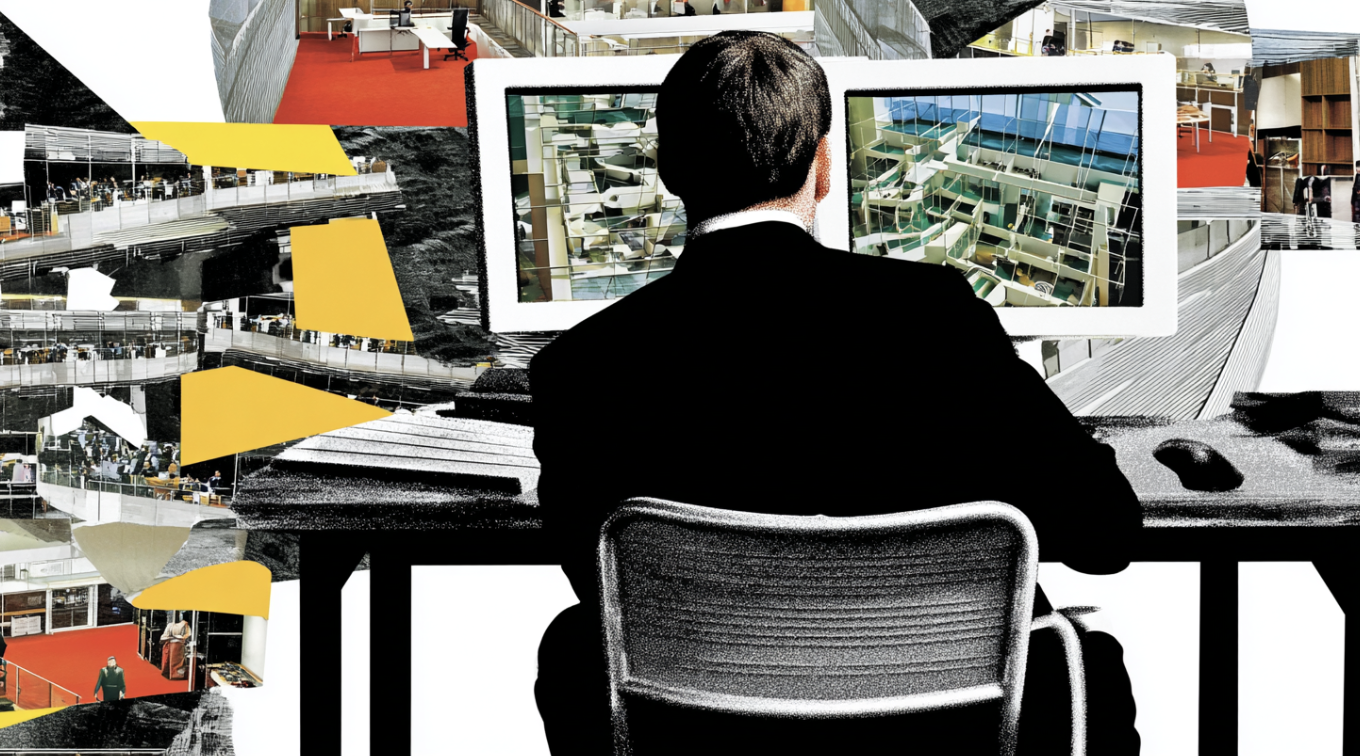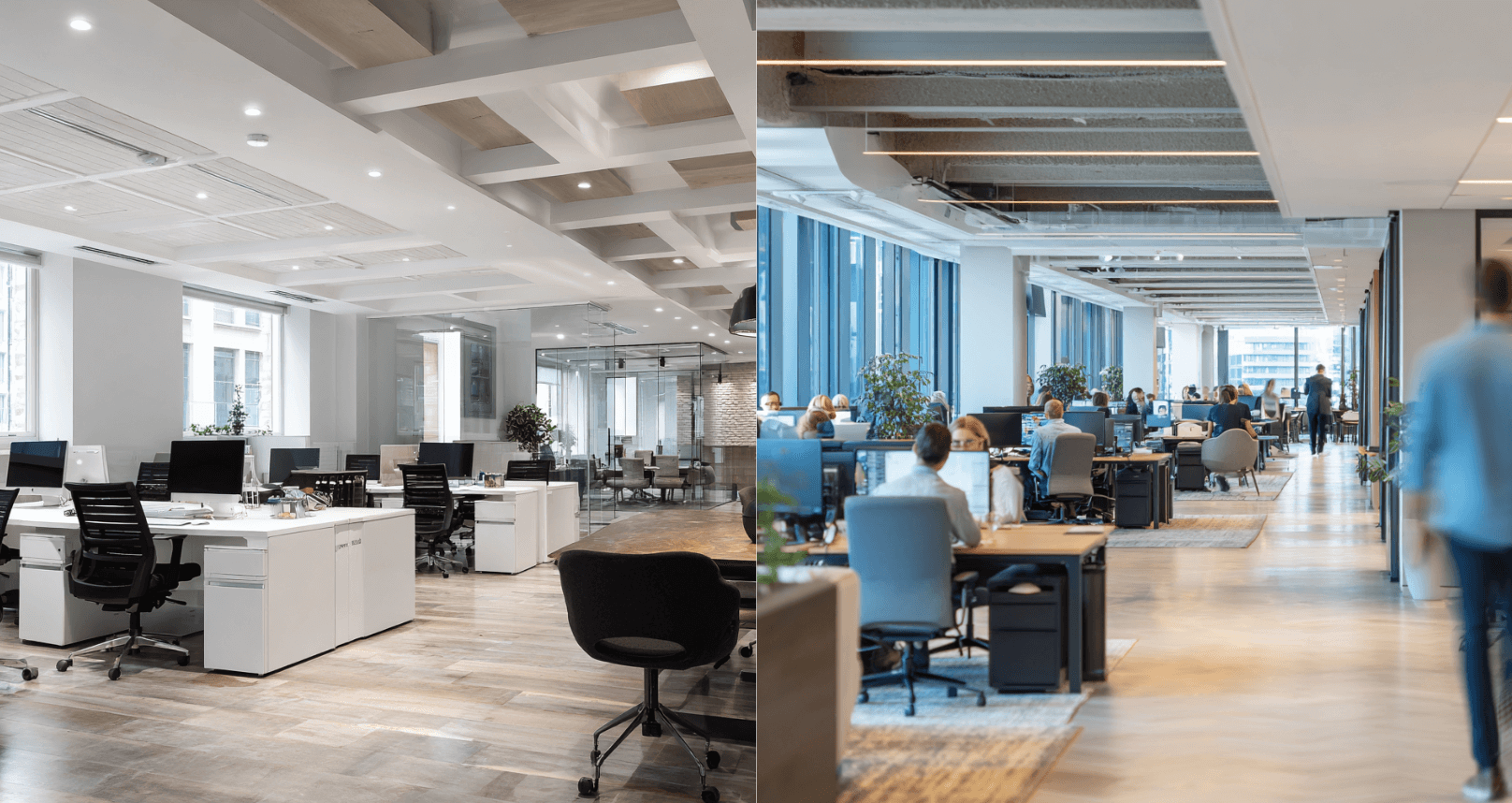Density vs. Time Utilization Studies
For years, teams have relied on time utilization studies and visual observations to understand space utilization.

For years, teams have relied on time utilization studies and visual observations to understand space utilization. While these methods offer a human touch, they come with their own set of limitations, especially in a landscape that increasingly values real-time data and scalability. With technologies like Density now available, it’s worth asking: Can traditional methods keep pace, or is it time for a more modern, data-driven approach?
Below we provide you with a comprehensive comparison between Density and time utilization studies , so you can decide what's best for your evolving workspace needs.
Key features overview
Density: Density sensors utilize advanced 3D sensing and machine learning algorithms to count people entering, using, and exiting spaces. Not only does it give you an accurate count, but it also provides peak occupancy data, all while ensuring complete anonymity.
Time utilization studies: This traditional method involves people physically monitoring the usage of a space. While it's possible to gather some level of data, the manual approach is often time-consuming and less accurate.
Comparison metrics

Pros and cons
Density:
- Pros: High accuracy, real-time data, complete anonymity, applicable to any space.
- Cons: Requires hardware installation, costs associated with hardware and data subscription.
Time utilization studies:
- Pros: No technology required, flexible scope.
- Cons: Time-consuming, prone to human error, not scalable, lacks real-time data.
Use case
Prior to using Density, one of our customers had historically brought in an outside team of specialists every quarter to measure occupancy and utilization at their Los Angeles-based headquarters.
The yearly cost of these studies neared $750,000 — for one location. With nearly two dozen offices worldwide, it didn’t make sense for our customer to measure their entire portfolio with time utilization studies.
Takeaway
Manual methods like time utilization studies may seem appealing due to their simplicity. But they are not scalable and are prone to various forms of error, making them less reliable than tech-based solutions.
For teams committed to making data-driven decisions that will significantly impact employees and budgets, the high accuracy, scalability, and real-time capabilities of Density make it the go-to choice for understanding space utilization.
FAQ: Density vs. time utilization studies
1: How do Density and time utilization studies collect data?
- Density: Uses 3D sensing and machine learning algorithms to anonymously count people in spaces.
- Time utilization studies: Typically, consultants manually record how people are using spaces during specific times.
2: What are the cost implications?
- Density: There's a hardware fee and an annual data fee, variable by volume.
- Time utilization studies: Costs can be variable and generally involve ongoing expenses for consultants' time.
3: Is the data from Density and time utilization studies accurate?
- Density: Highly accurate, with real-time and continuous updates.
- Time utilization studies: Can be accurate but findings are often quickly outdated — particularly in a hybrid workplace — and are subject to behavioral biases.
4: Are these methods scalable?
- Density: Yes, easily scalable across multiple entry points, floors, or even buildings.
- Time utilization studies: Not scalable without significant cost and time investment, particularly for larger spaces or multiple locations.
5: What about employee anonymity?
- Density: 100% anonymous, no personally identifiable information is captured.
- Time utilization studies: Not anonymous, and observations may even influence user behavior, affecting the data's reliability.
6: How easy is it to analyze the data?
- Density: Comes with a robust workplace software platform that simplifies data analysis.
- Time utilization studies: While rich in qualitative insights, the data often requires significant time and expertise to analyze.
7: Can these methods adapt to real-time changes?
- Density: Absolutely. Density’s real-time, continuous data capturing allows for quick adaptability.
- Time utilization studies: No, observation studies are done quarterly at best, making the data it provides ill-suited for agile workspace management.
Key Takeaways

DisruptCRE founder shares how corporate real estate is changing
Companies are moving employees from underutilized offices into "space as a service” options with utilization data.
Watch now
Half of offices are empty but you still can’t find a meeting room
Employees waste up to 30 minutes a day looking for a meeting room to meet in workplaces.
Read moreMost recent

The truth behind “99% accurate” occupancy sensors
Accuracy in occupancy sensing depends on the type of space and situation you’re measuring—not a flat percentage claim.

Space waste: The industry’s naughty and nice list
Our sensors spilled the beans: What industry is winning, who's wasting and who's hogging your office real estate.
.png)
Improve your occupancy sensor RFP with our best practice guide
Discover essential questions to simplify your occupancy sensor RFP process and confidently choose the right vendor.

Does RTO actually work? A webinar debate with the data
Density’s RTO data sparks debate between a pro-office CEO and a remote-friendly workplace strategist.
Explore other Density Products
Atlas for Workplace
Insights for the workplace that help you cut costs and deliver better spaces.
Learn more